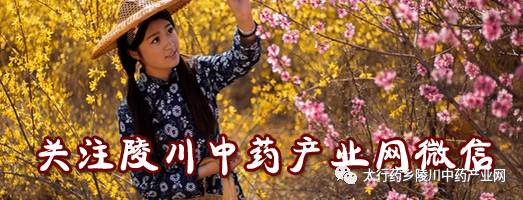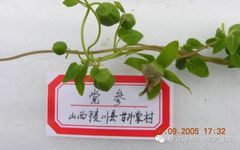
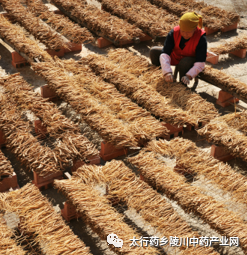
Do You Really Know Codonopsis?

Codonopsis, named after its origin in the Shangdang region, is considered the finest among its kind. To distinguish it from other varieties, the Codonopsis produced in the southeastern Shanxi province (ancient Shangdang region) is commonly referred to as Lu Codonopsis. Other classifications include Bai Tiao Codonopsis, Chuan Codonopsis, Dong Codonopsis, and Wen Codonopsis based on regional specifications.


Historically, Codonopsis was regarded as a type of ginseng, produced in the Shangdang region during the Tang dynasty (now part of Changzhi and Jinzhong cities in Shanxi province). Due to extensive harvesting by ancient people, it became rare by the Ming dynasty. Perhaps due to the favorable environment, Ming dynasty physicians discovered a similar root with a large root system resembling a human shape, some of which formed a ball-like structure known as “Lion’s Head”. This is Codonopsis. It has a sweet taste and a neutral nature, and like ginseng, it is known for its ability to tonify the spleen and stomach, moisten the lungs, and generate fluids. Later generations of physicians often used it as a substitute for ginseng.


According to the “Bencao Zhengyi”, the current Codonopsis is quite different from ginseng, being relatively weaker and not long-lasting. However, its value lies in its balance; it does not possess the heavy tonifying power of Northeast ginseng, which lacks a gentle quality, nor the strong flavor of Korean ginseng, which can be overly intense. Today’s Codonopsis is neutral and can uplift the spleen and stomach qi. When combined with ingredients like Amomum (Sha Ren), Poria (Fu Ling), Dried Tangerine Peel (Chen Pi), Chinese Yam (Shan Yao), White Hyacinth Bean (Bai Bian Dou), and Atractylodes (Bai Zhu), it can effectively enhance spleen and stomach function. Additionally, with proper combinations, it can also help regulate qi deficiency, cold intolerance, and insomnia due to blood deficiency.
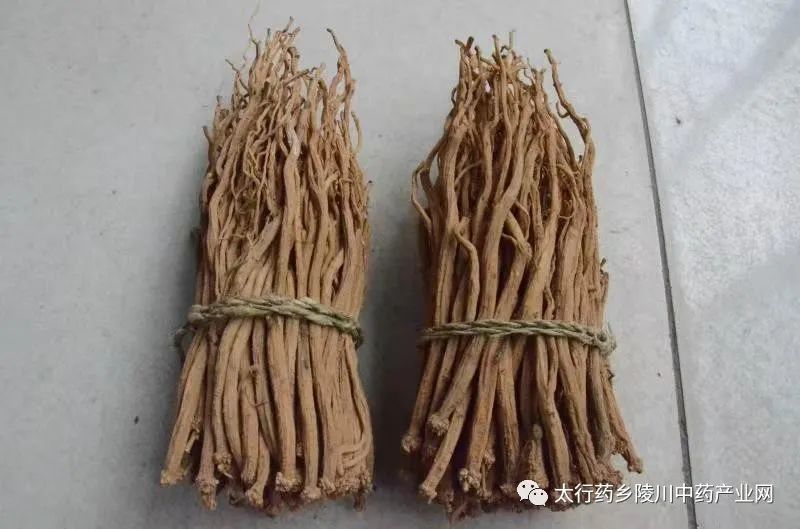
Codonopsis Efficacy Interpretation

Codonopsis is the dried root of the Codonopsis pilosula plant, commonly used as a tonic since the Ming dynasty. According to the “Chinese Pharmacopoeia”, Codonopsis enters the spleen and lung meridians, and has the effects of tonifying the middle, benefiting qi, strengthening the spleen, and nourishing the lungs. It is often used to treat symptoms caused by spleen and lung deficiency, such as palpitations, shortness of breath, reduced appetite, sticky stools, or weak coughs and dry mouth.
Modern research shows that Codonopsis is rich in ginsenosides, proteins, vitamins B1 and B2, starch, and a small amount of alkaloids, as well as various essential trace elements and amino acids. It has a stimulating effect on the nervous system, can dilate peripheral blood vessels, and has a certain hypotensive effect. Additionally, consuming Codonopsis can increase red blood cell and hemoglobin levels, enhancing the body’s immune function and disease resistance.

Codonopsis Flower
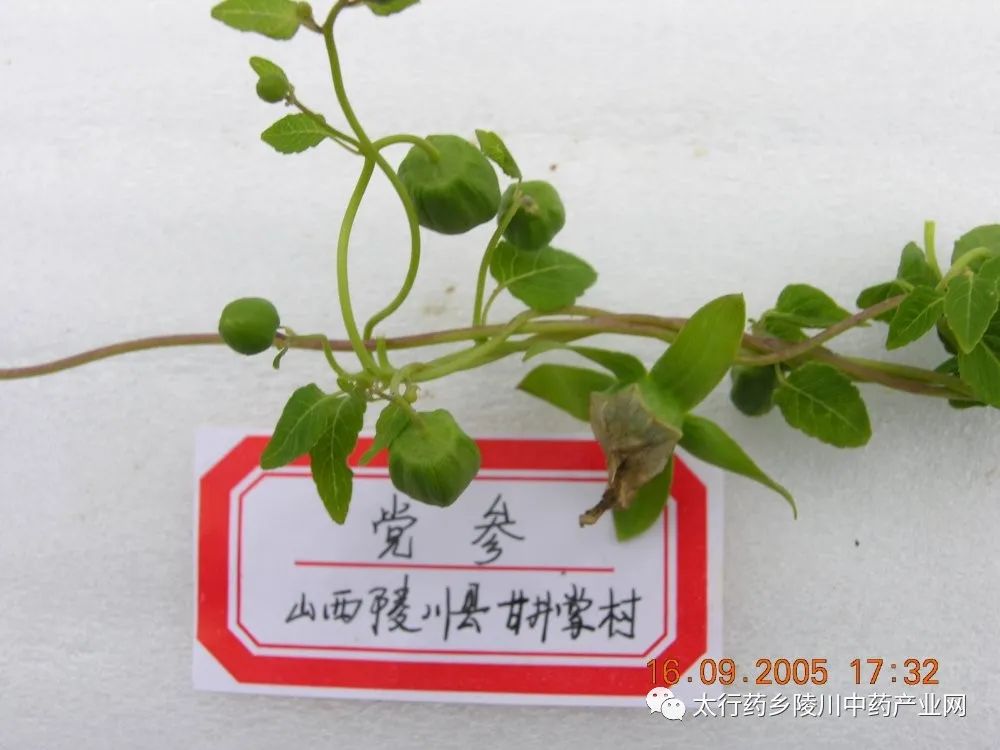
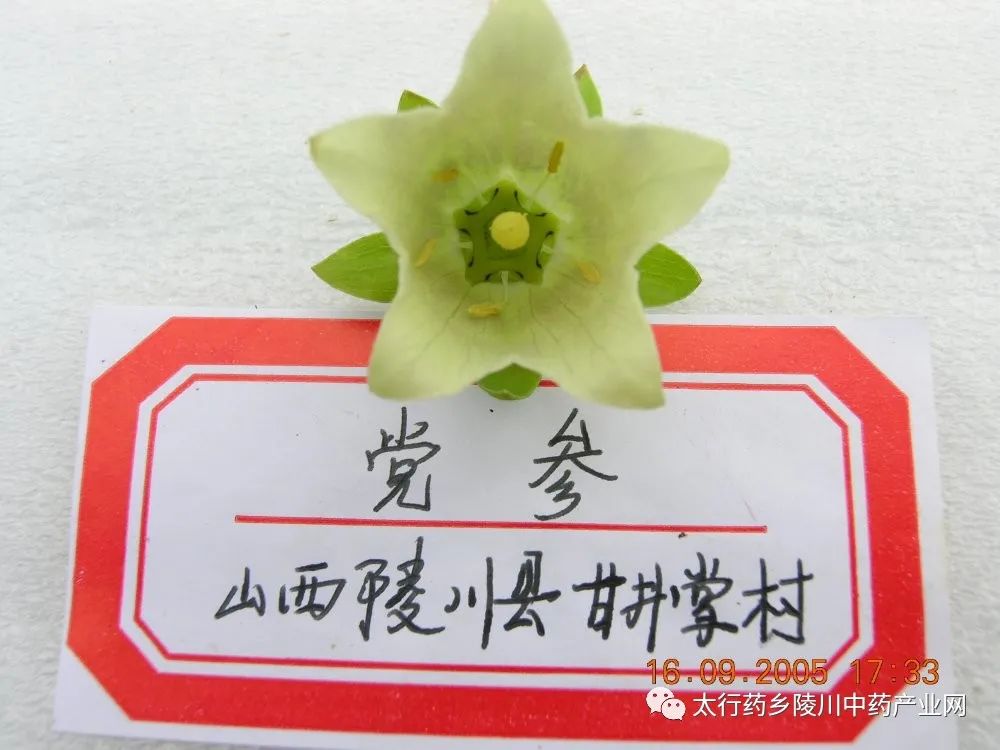
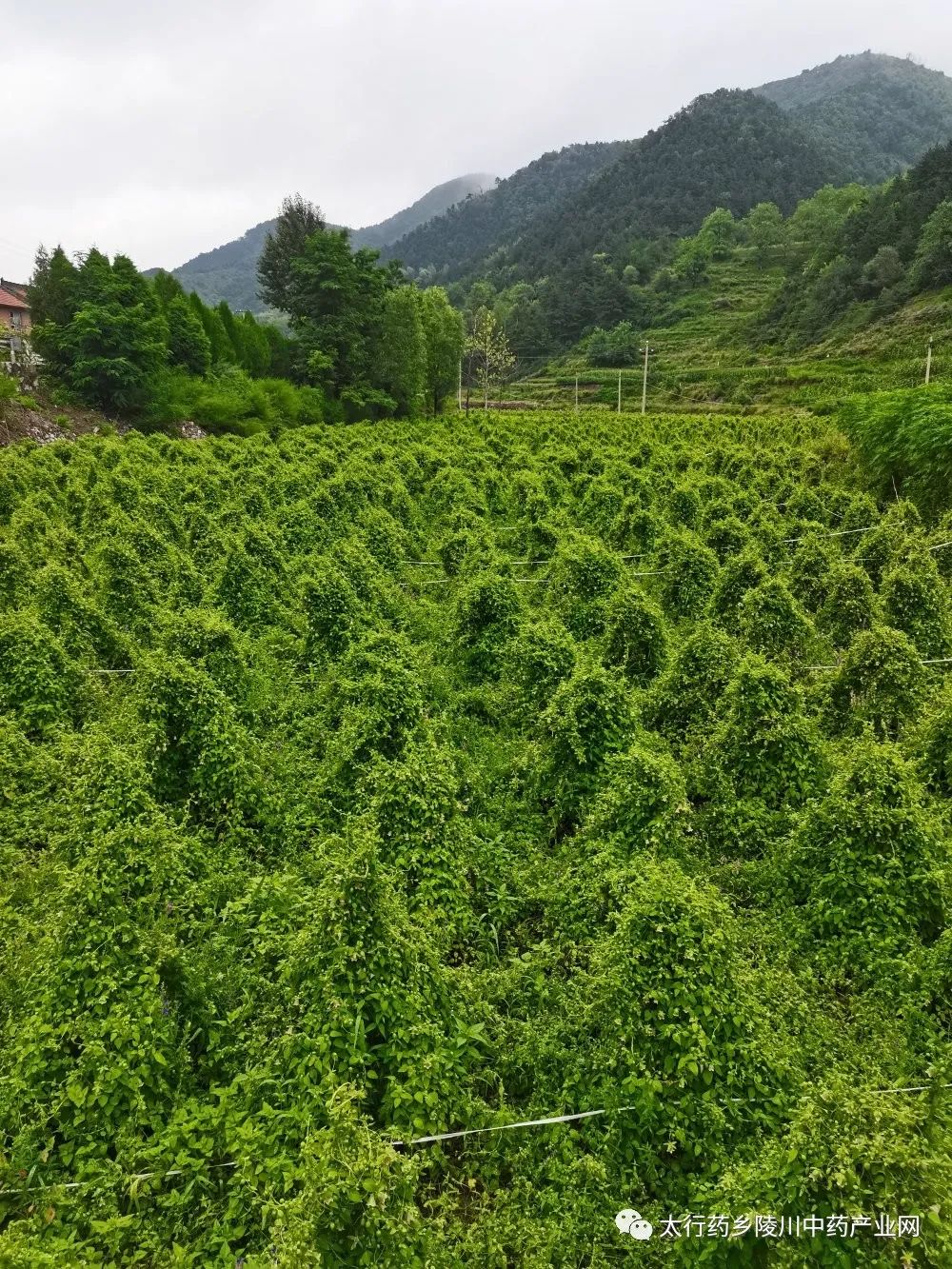
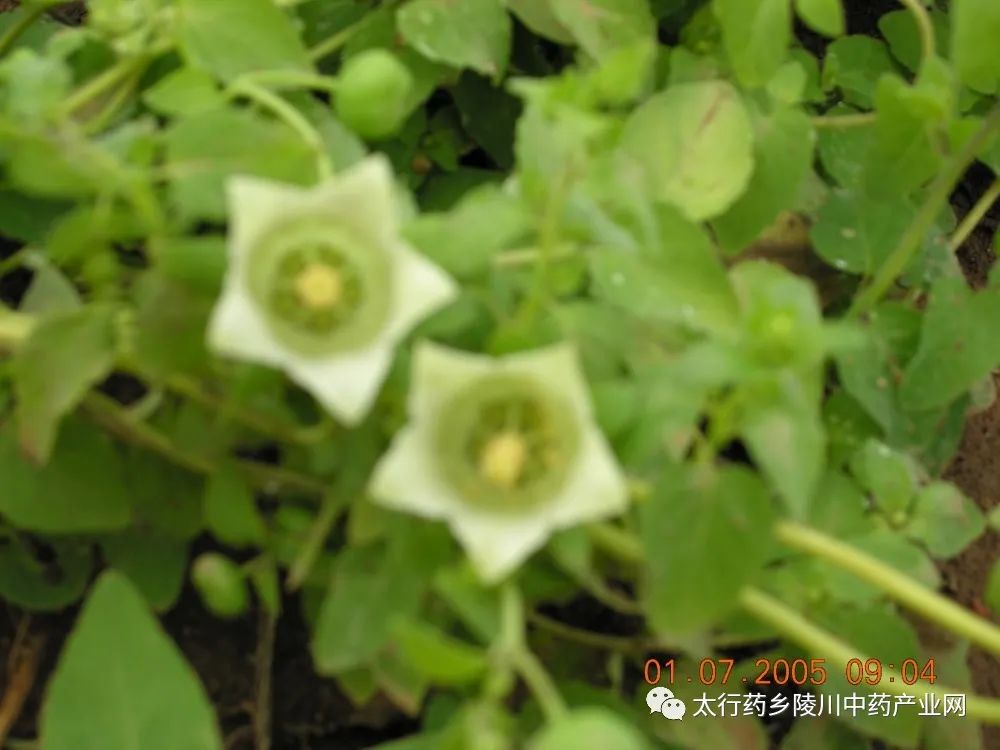

Codonopsis Seedlings

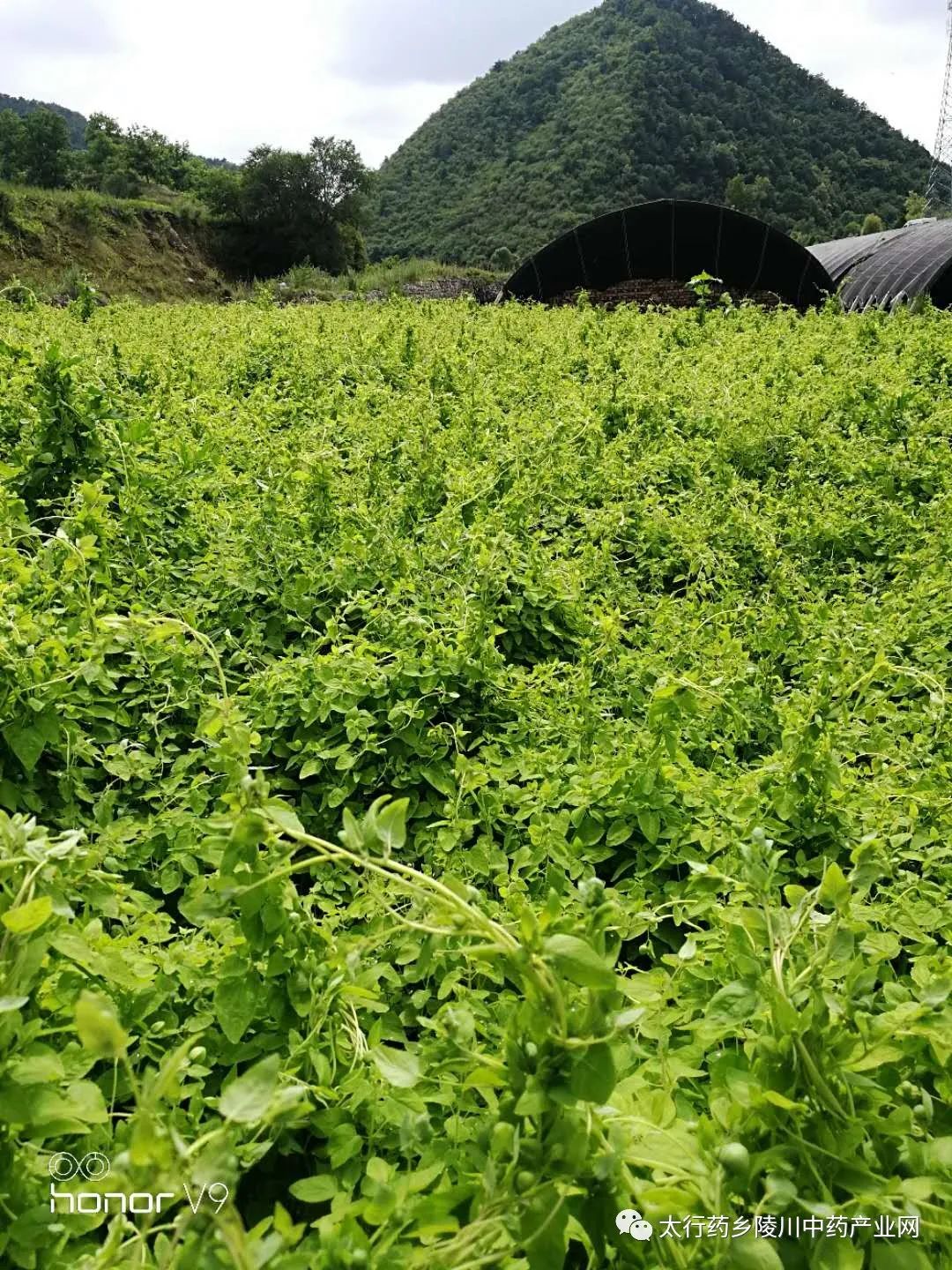

Practical Tips
1. Regulating Qi Deficiency
Qi deficiency refers to a state where the body’s righteous qi is insufficient, often accompanied by feelings of fatigue, weakness, daytime drowsiness, nighttime sleepiness, facial swelling, and sticky stools. At this time, it is advisable to regulate the body’s righteous qi and replenish positive energy.
Qi-boosting combination: Codonopsis, Dried Tangerine Peel (Chen Pi), Astragalus (Huang Qi), Licorice (Gan Cao), Siberian Ginseng (Ci Wu Jia), Jujube (Da Zao), Longan (Long Yan), Tremella (Yin Er), Lotus Seed (Lian Zi).
2. Regulating Yang Deficiency
Individuals with Yang deficiency often feel cold intolerance, cold hands and feet, lack of energy, and fatigue, with symptoms such as sore lower back and knees, frequent urination at night, and decreased sexual function. At this time, it is advisable to replenish the body’s Yang qi and warm the cold body and spirit.
Yang-boosting combination: Codonopsis, White Hyacinth Bean (Bai Bian Dou), Goji Berries (Gou Qi), Poria (Fu Ling), Cherry (Jin Ying Zi), Chinese Wolfberry (Shan Yu Rou), He Shou Wu (He Shou Wu), Morinda Root (Ba Ji Tian), Walnut (He Tao Ren).
3. Regulating Qi and Blood Deficiency
When Qi deficiency is accompanied by heart blood deficiency, symptoms such as palpitations, insomnia, and spontaneous sweating may occur alongside the typical signs of Qi deficiency. At this time, it is advisable to simultaneously tonify both qi and blood while enhancing the digestive function of the spleen and stomach.
Qi and blood-boosting combination: Codonopsis, Angelica (Dang Gui), Chinese Yam (Shan Yao), Amomum (Sha Ren), Atractylodes (Bai Zhu), Motherwort (Yi Mu Cao), Mulberry (Sang Shen), Donkey-hide Gelatin (E Jiao), Red Dates (Hong Zao), Black Fungus (Hei Mu Er).

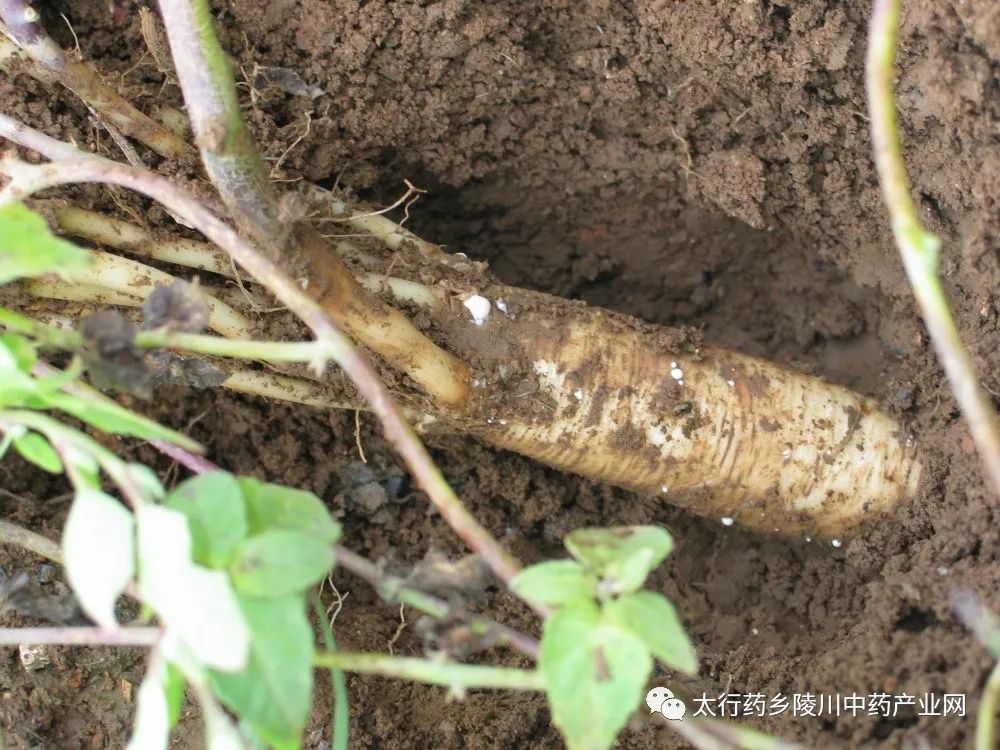


Editor’s Note:
It is important to note that Codonopsis is most suitable for individuals with Yang deficiency who are sensitive to cold and wind, and have cold hands and feet. It is not recommended for those with a heat constitution, who are generally strong and tolerate cold but not heat, or those with Yin deficiency, who experience heat in the palms and soles, and dry mouth and stools. Additionally, Codonopsis should not be used in conjunction with Rhizoma Veratri (Li Lu).



